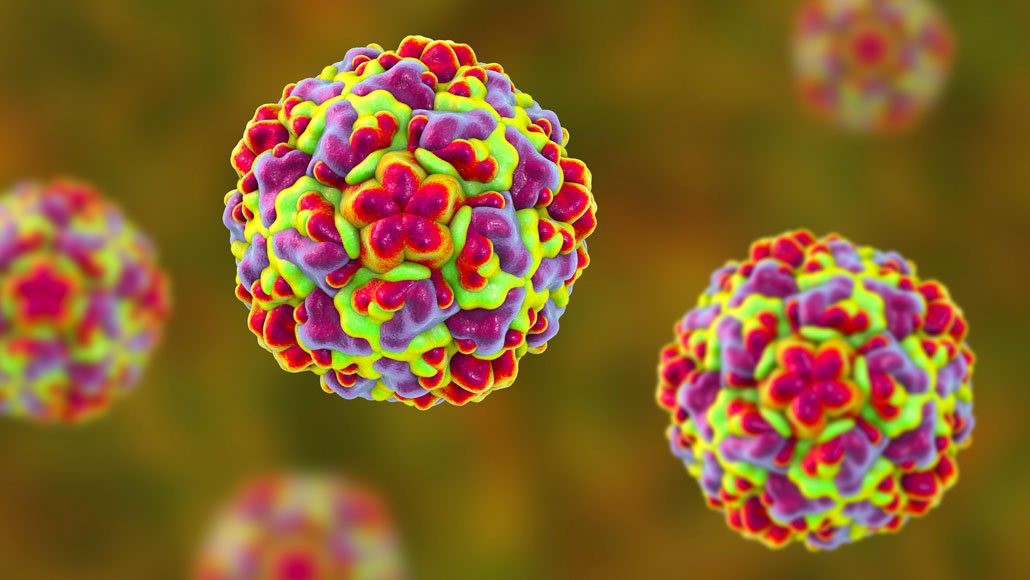Disabling one protein might one day lead to a cure for the common cold
Rhinoviruses couldn’t replicate in mice and human cells engineered to lack SETD3

Rhinoviruses (shown in this illustration) are responsible for most cases of the common cold. New research suggests a way to stop these viruses, and others, from spreading in human cells.
Dr_Microbe/iStock/Getty Images Plus